Period:Qing dynasty Production date:1721 (enamel later)
Materials:porcelain
Technique:glazed, painted,
Dimensions:Diameter: 156 millimetres Height: 35 millimetres
Description:
Saucer-shaped dish. Fine white eggshell porcelain decorated in ‘famille rose’ palette enamels with blossoming sprays of poppy and crowfoot. The back is covered with ruby-pink enamel.
IMG
![图片[1]-dish BM-PDF-A.832-China Archive](https://chinaarchive.net/Qin dynasty/Ceramics/mid_00591269_001.jpg)
Comments:Published PDF date : Qing 1721 AD Room 95 label text:PDF A832Dish with dated mark and flowersA new opaque palette of overglaze colours developed in China around AD 1720. A new opaque white greatly increased the shades of colours available to the potters, and a new pink gave the overall palette a softer feel. Although pink, made using gold, was introduced from the West, European and Chinese craftsmen employed quite different recipes to achieve it. This type of dish made of egg-shell thin porcelain is known as ruby-backed ware because of the monochrome pink colour on its outer walls. The dish has a five-character mark又辛丑年製(You xinchou nianzhi ‘Made in the xinchou year [AD 1721)’) in a double circle in underglaze blue but the enamels were probably added later. Porcelain with fencai (powdered colours) Jingdezhen, Jiangxi province 江西省, 景德鎮Qing dynasty, AD 1721 (dish, but later enamels) PDF A832紀年款花卉紋盤1720年左右,新的乳濁釉上彩色系在中國發展起來。其中新的乳濁白彩大大增加了陶工們可以使用的色調,而新的粉色給予了整個新色系更為柔和的質感。儘管以黃金配製的粉色彩料源自西方,但歐洲和中國工匠調配製造它們的方法卻有很大差異。此類似蛋殼般的薄胎瓷盤,因其外壁所施的單一粉色被稱為“胭脂紅”器。此盤雙圈內有青花款“又辛丑年製”(製於辛丑年)(1721年),但粉彩可能是后加的。瓷器,粉彩(粉狀彩料)江西省景德鎮清代,1721年(瓷盤年代,彩為后加)
Materials:porcelain
Technique:glazed, painted,
Dimensions:Diameter: 156 millimetres Height: 35 millimetres
Description:
Saucer-shaped dish. Fine white eggshell porcelain decorated in ‘famille rose’ palette enamels with blossoming sprays of poppy and crowfoot. The back is covered with ruby-pink enamel.
IMG
![图片[1]-dish BM-PDF-A.832-China Archive](https://chinaarchive.net/Qin dynasty/Ceramics/mid_00591269_001.jpg)
Comments:Published PDF date : Qing 1721 AD Room 95 label text:PDF A832Dish with dated mark and flowersA new opaque palette of overglaze colours developed in China around AD 1720. A new opaque white greatly increased the shades of colours available to the potters, and a new pink gave the overall palette a softer feel. Although pink, made using gold, was introduced from the West, European and Chinese craftsmen employed quite different recipes to achieve it. This type of dish made of egg-shell thin porcelain is known as ruby-backed ware because of the monochrome pink colour on its outer walls. The dish has a five-character mark又辛丑年製(You xinchou nianzhi ‘Made in the xinchou year [AD 1721)’) in a double circle in underglaze blue but the enamels were probably added later. Porcelain with fencai (powdered colours) Jingdezhen, Jiangxi province 江西省, 景德鎮Qing dynasty, AD 1721 (dish, but later enamels) PDF A832紀年款花卉紋盤1720年左右,新的乳濁釉上彩色系在中國發展起來。其中新的乳濁白彩大大增加了陶工們可以使用的色調,而新的粉色給予了整個新色系更為柔和的質感。儘管以黃金配製的粉色彩料源自西方,但歐洲和中國工匠調配製造它們的方法卻有很大差異。此類似蛋殼般的薄胎瓷盤,因其外壁所施的單一粉色被稱為“胭脂紅”器。此盤雙圈內有青花款“又辛丑年製”(製於辛丑年)(1721年),但粉彩可能是后加的。瓷器,粉彩(粉狀彩料)江西省景德鎮清代,1721年(瓷盤年代,彩為后加)
© Copyright
The copyright of the article belongs to the author, please keep the original link for reprinting.
THE END
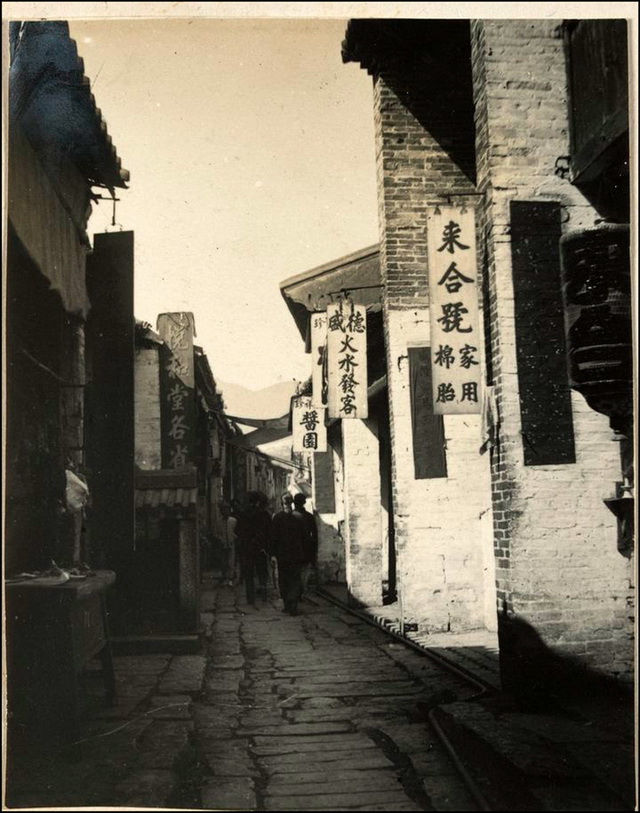
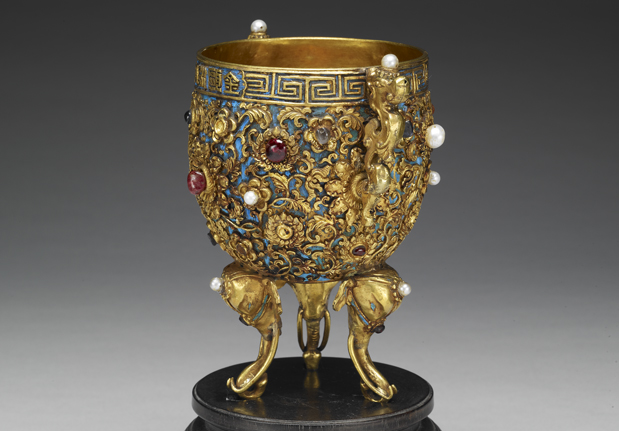
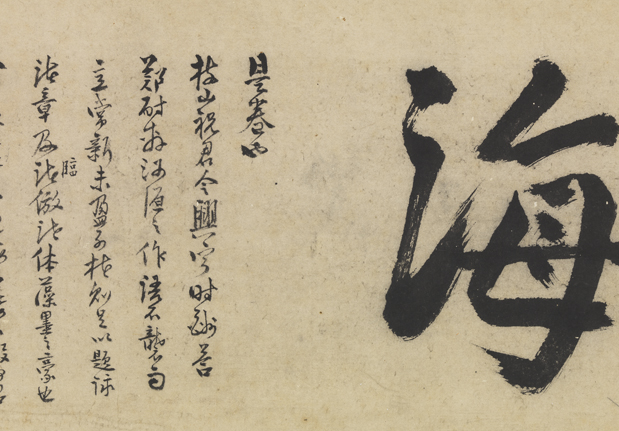
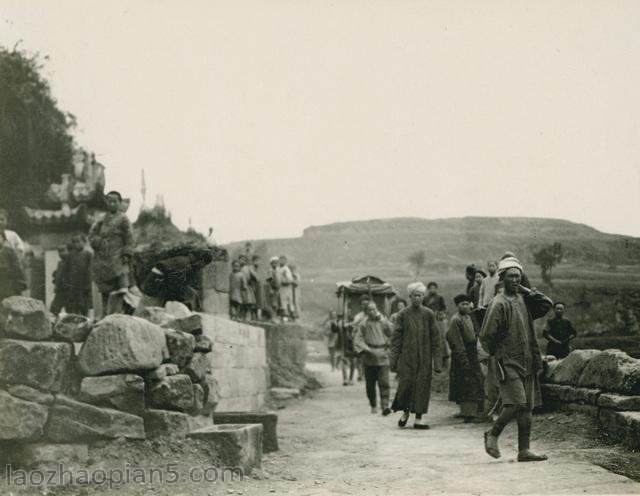
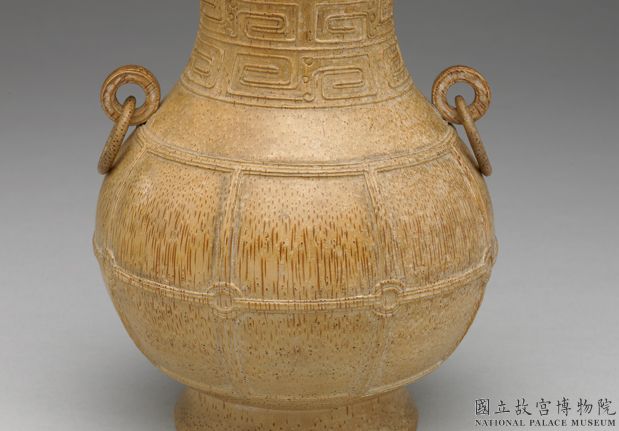
![[Qing Dynasty] British female painter—Elizabeth Keith, using woodblock prints to record China from the late Qing Dynasty to the early Republic of China—1915-China Archive](https://chinaarchive.net/wp-content/uploads/2022/11/image-191x300.png)